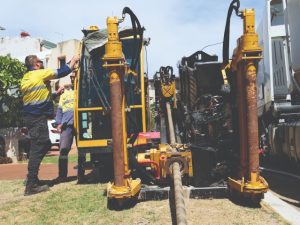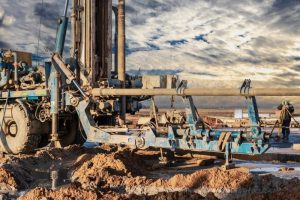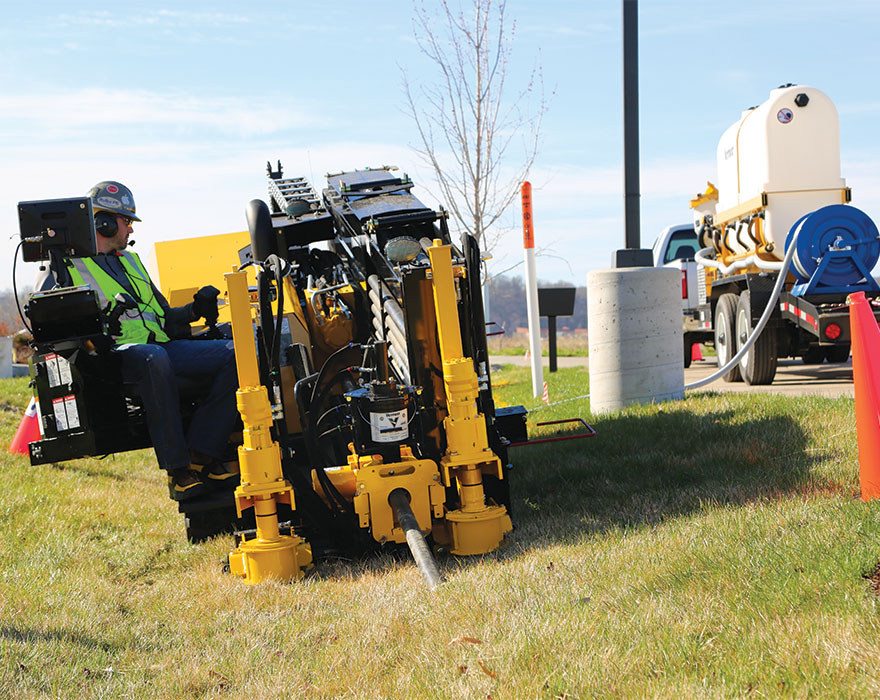The Future of Drilling: Directional Innovations
Introduction
Drilling technology has come a long way since the early days of basic vertical wells. Today, directional drilling has revolutionized the oil and gas industry, allowing operators to access reserves previously thought unreachable. As we look to the future, innovation in directional drilling techniques promises even greater efficiency, accuracy, and environmental sustainability.
The Evolution of Directional Drilling
Directional drilling has evolved from simple deviations from vertical wells to complex well trajectories that can extend horizontally for thousands of feet. This evolution has been driven by advancements in technology, including improvements in drilling motors, downhole sensors, and real-time data transmission.
Advanced Drilling Motors

New drilling motors equipped with improved power and torque capabilities are enabling operators to drill longer horizontal sections with greater precision. These motors utilize advanced materials and designs to withstand the harsh downhole environment while delivering optimal performance.
Real-Time Data Transmission
Real-time data transmission systems allow operators to monitor drilling parameters and formation characteristics as they drill. This enables adjustments to be made on the fly, optimizing the drilling process for maximum efficiency and wellbore placement.
Future Innovations
Looking ahead, several key innovations are poised to further revolutionize directional drilling:
Autonomous Drilling Systems
Advancements in artificial intelligence and automation are paving the way for autonomous drilling systems. These systems will be capable of analyzing subsurface conditions in real-time and making autonomous decisions to optimize drilling performance while minimizing human intervention.
Nano-Technology Applications
Nano-technology holds promise for improving drilling efficiency and reducing environmental impact. Nano-materials could be used to enhance drilling fluids, increase drill bit longevity, and improve wellbore stability, leading to more sustainable drilling operations. https://drillitco.com.au/
Environmental Considerations
As the global focus on environmental sustainability grows, so too does the importance of minimizing the environmental impact of drilling operations. Directional drilling offers several environmental benefits, including:

Reduced Surface Footprint
Directional drilling allows multiple wells to be drilled from a single surface location, minimizing the disturbance to the surrounding environment. This reduces the need for additional infrastructure such as access roads and well pads.
Decreased Surface Disruption
By drilling horizontally through reservoirs, directional drilling reduces the need for extensive surface disruption associated with traditional vertical wells. This helps to preserve sensitive ecosystems and minimize habitat fragmentation.
Conclusion
The future of drilling is bright, with directional innovations driving increased efficiency, accuracy, and sustainability. As technology continues to advance, we can expect to see further improvements in drilling techniques and equipment, ensuring the continued success of the oil and gas industry while minimizing its environmental footprint.

